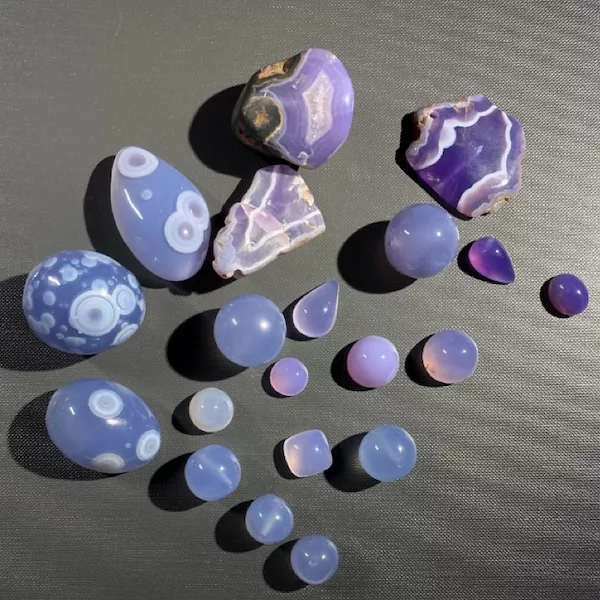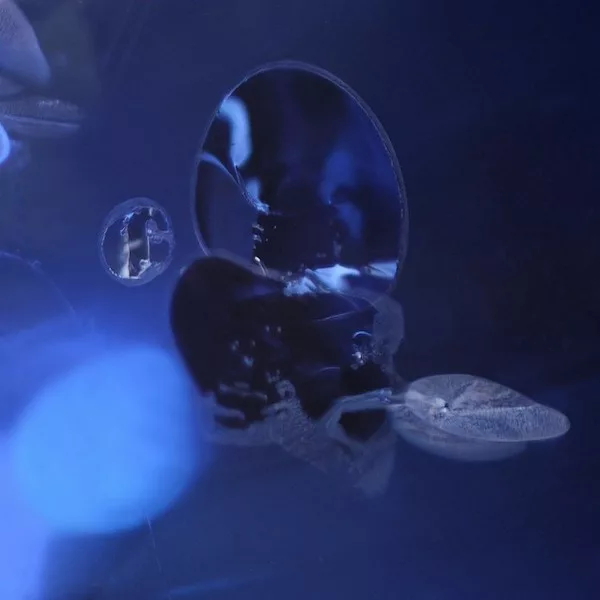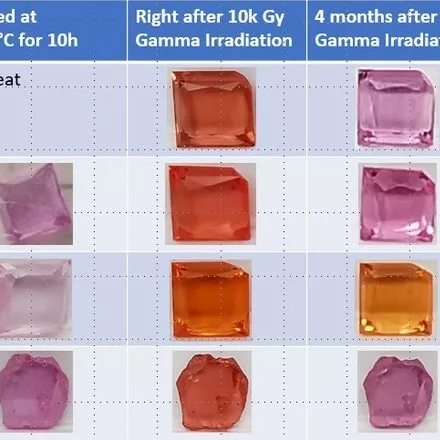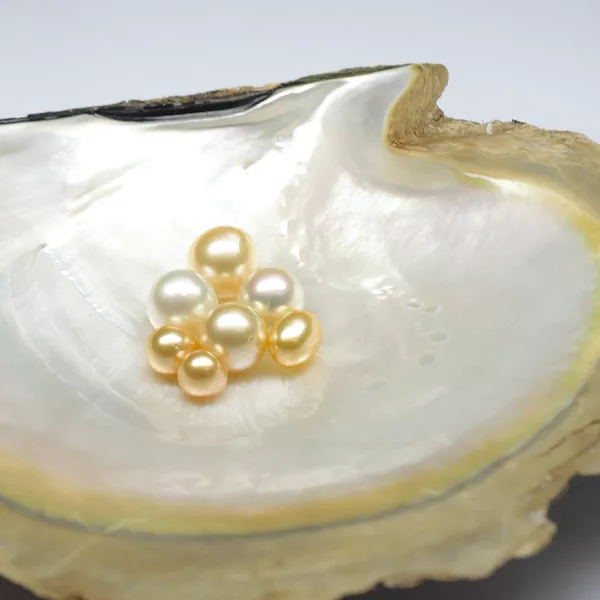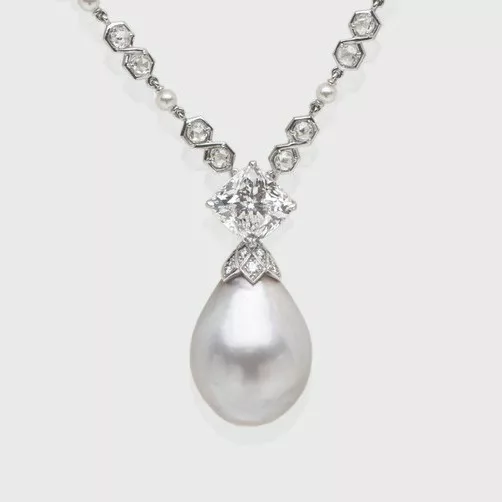Colour varieties of gems – where to set the boundary?
In theory it is simple: a gemstone is a mineral formed in nature by geological processes and, as such, it has a mineralogical name that is scientifically defined and accepted by th
Purple to bluish grey chalcedony from Ethiopia
In the past 15 years, Ethiopia has repeatedly gained attention for a variety of new gem finds. In 2008, a large deposit of white play-of-colour opal was found (Rondeau et al., 2010
Phase transformations as important markers for heat treatment detection in corundum and other gemstones
Detection of heat treatment of ruby and sapphire and other colour varieties of corundum is a major issue for the trade and laboratories alike. Heat treatment of corundum is commonl
Effects of Gamma Irradiation on Ruby and Pink Sapphire and Potential Detection Methods in Gem Labs
Gamma irradiation is a non-destructive and non-invasive treatment method used to enhance the colour and aesthetic appeal of gemstones, such as diamond, topaz, quartz, and sapphire.
Analysis of Myanmar golden-lipped cultured pearls using X-ray radiography, EDXRF, UV-Vis-NIR and Raman spectroscopy
Myanmar golden-lipped pearl oysters (Pinctada maxima) are well-known to be found at the Myeik Archipelago – formerly also known as Mergui Archipelago – in the Andaman Sea in so
DNA Fingerprinting and age dating of historic natural pearls: a combined approach
Natural pearls are accidental formations in wild oysters. The lack of new supply in recent decades has meant that the trade is heavily dependent on old stocks of natural pearls, an


